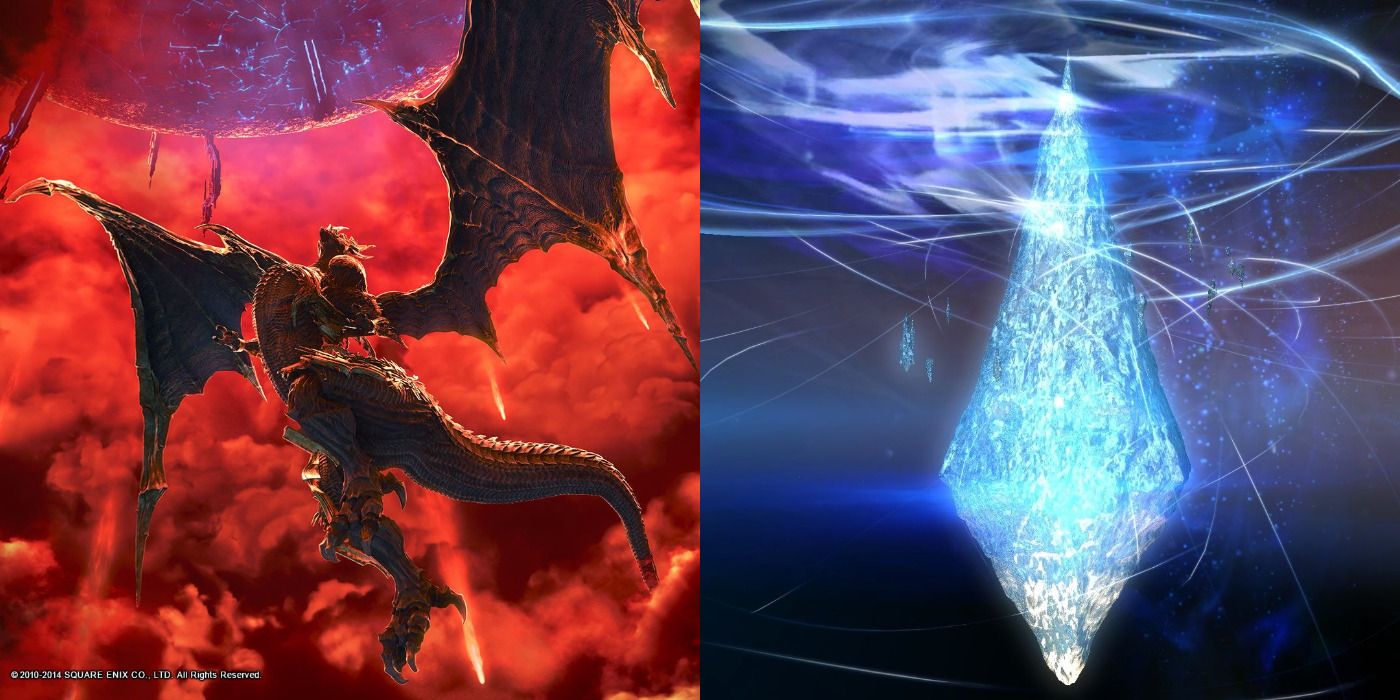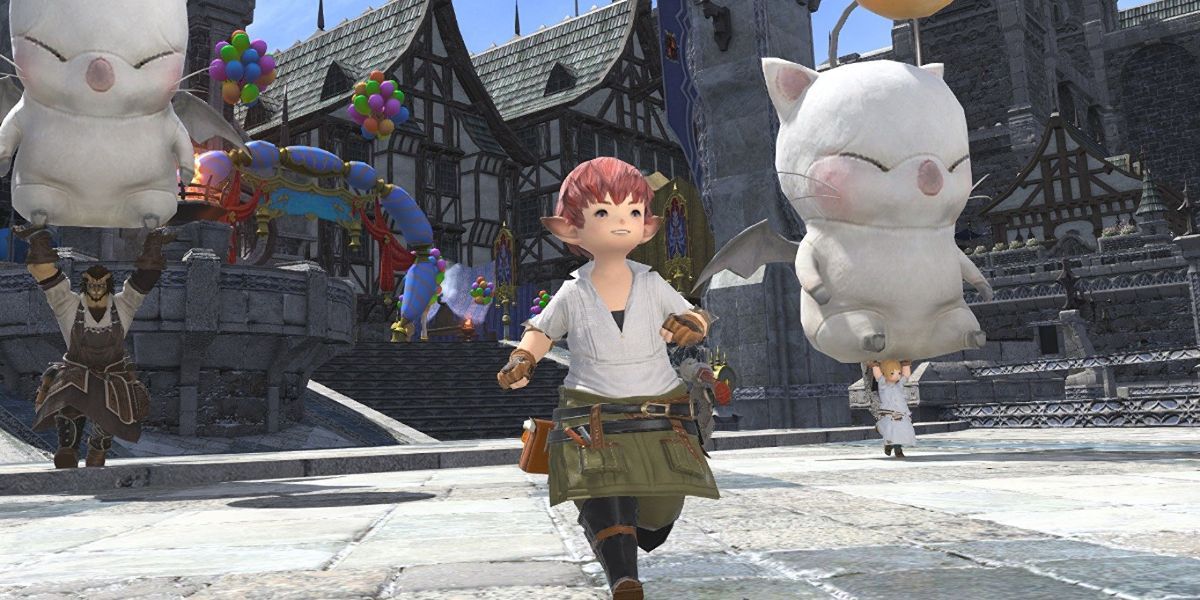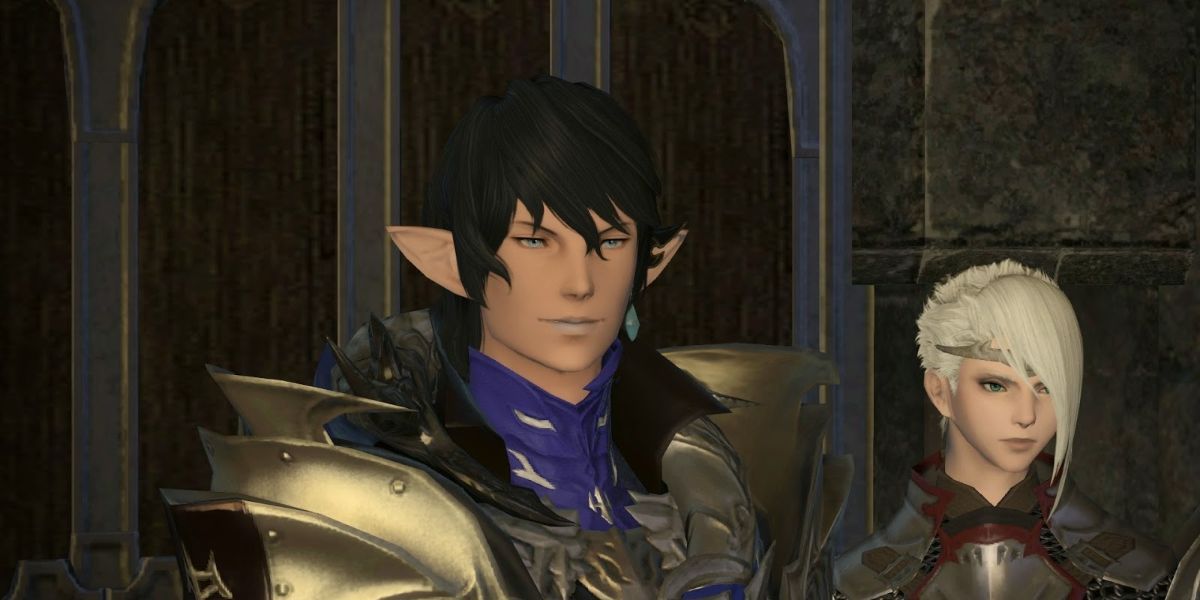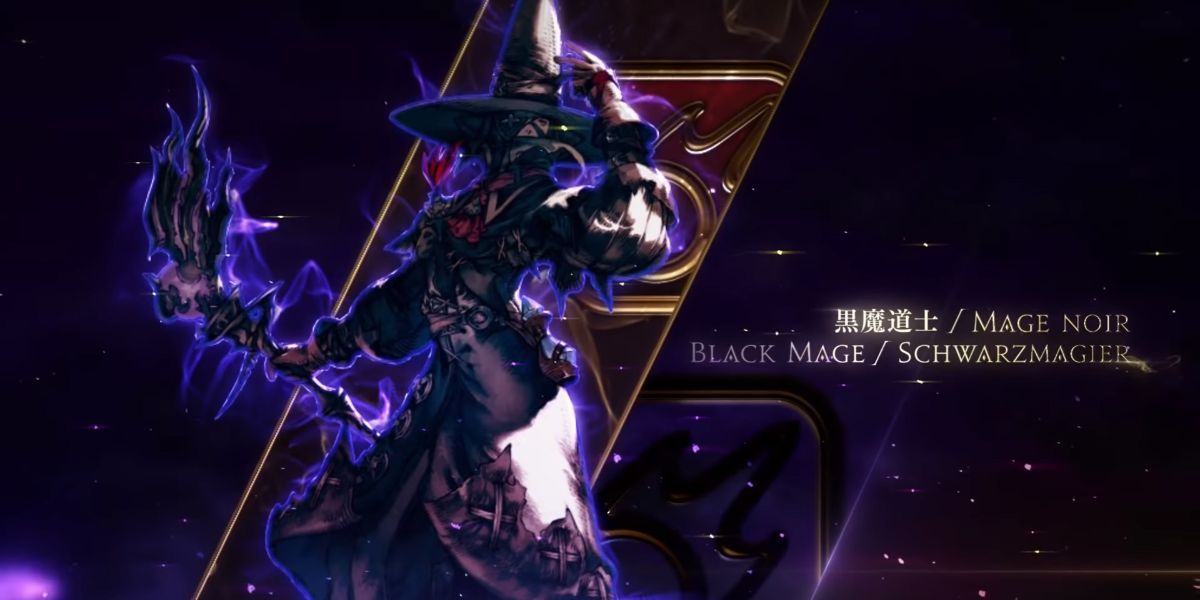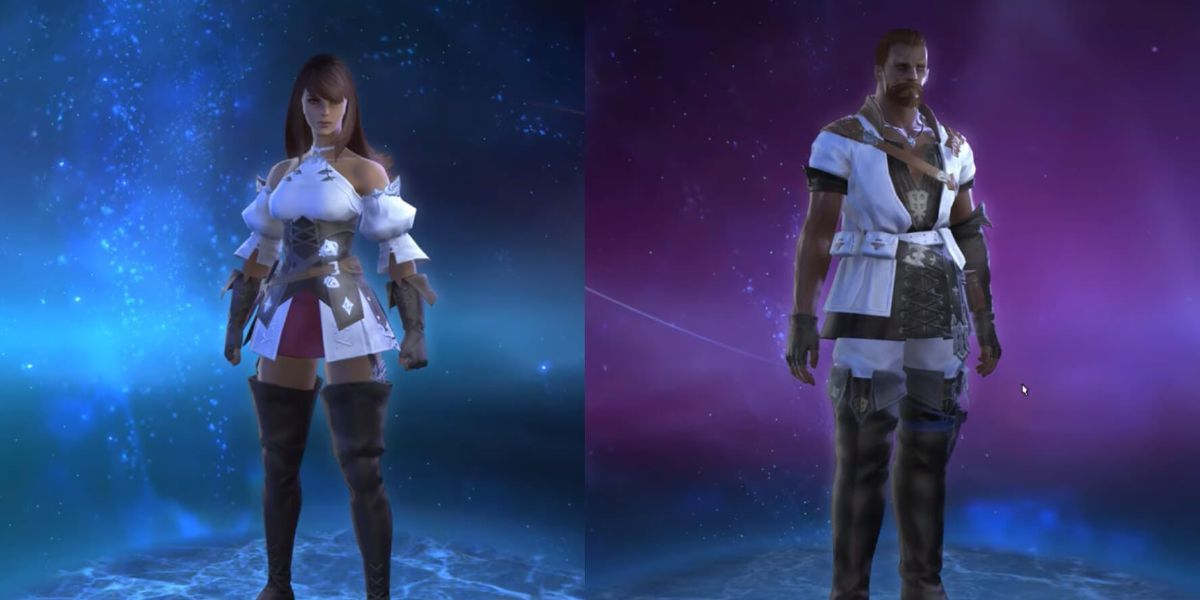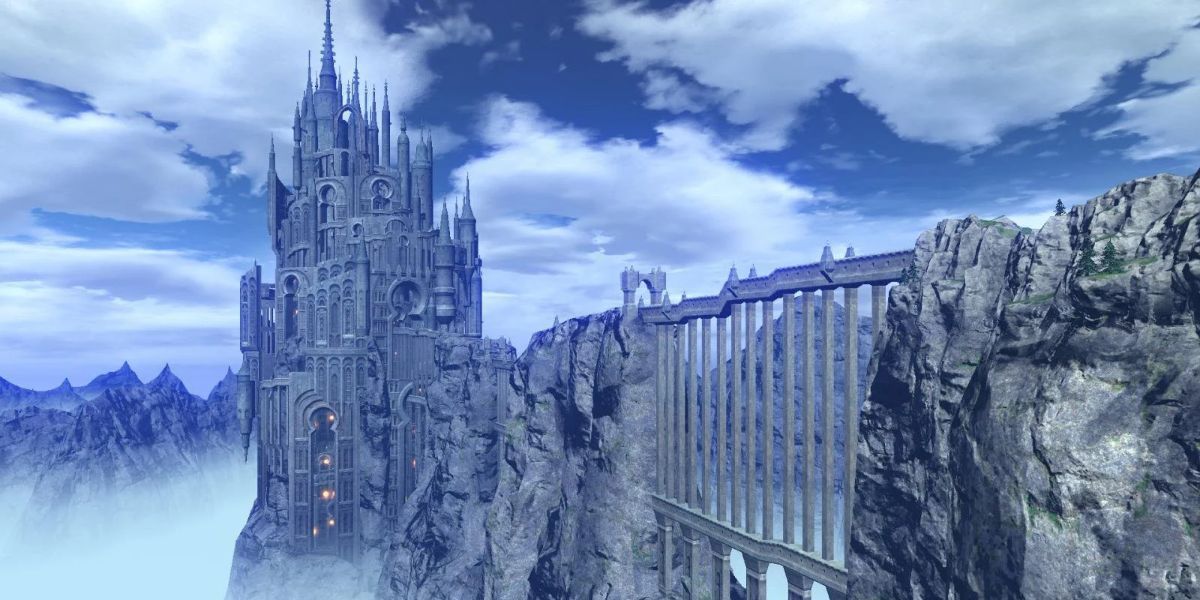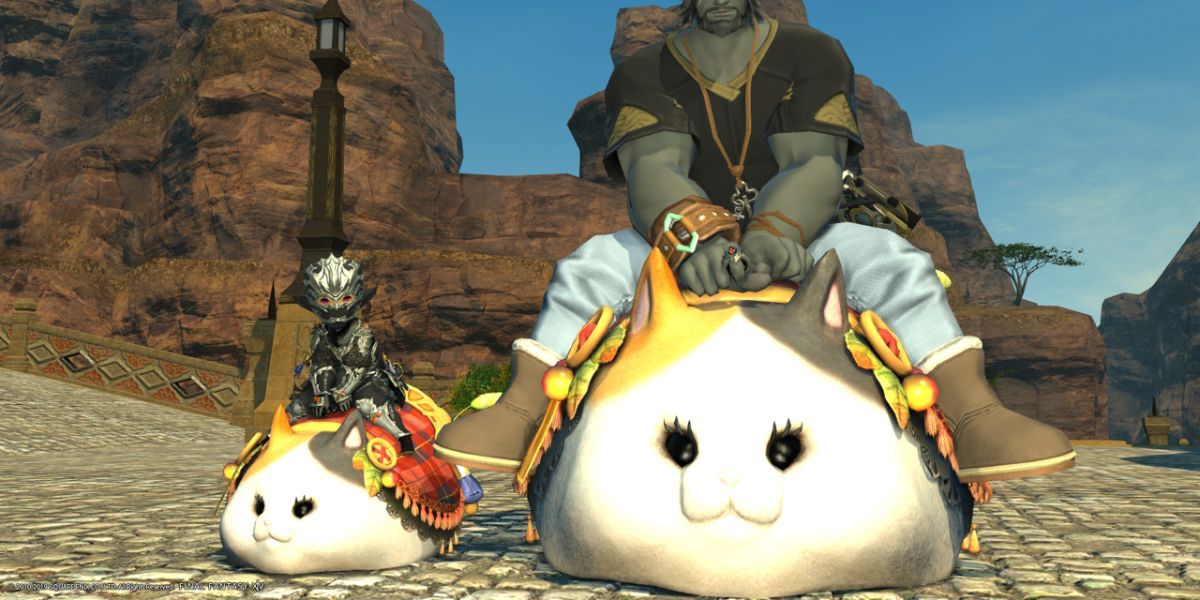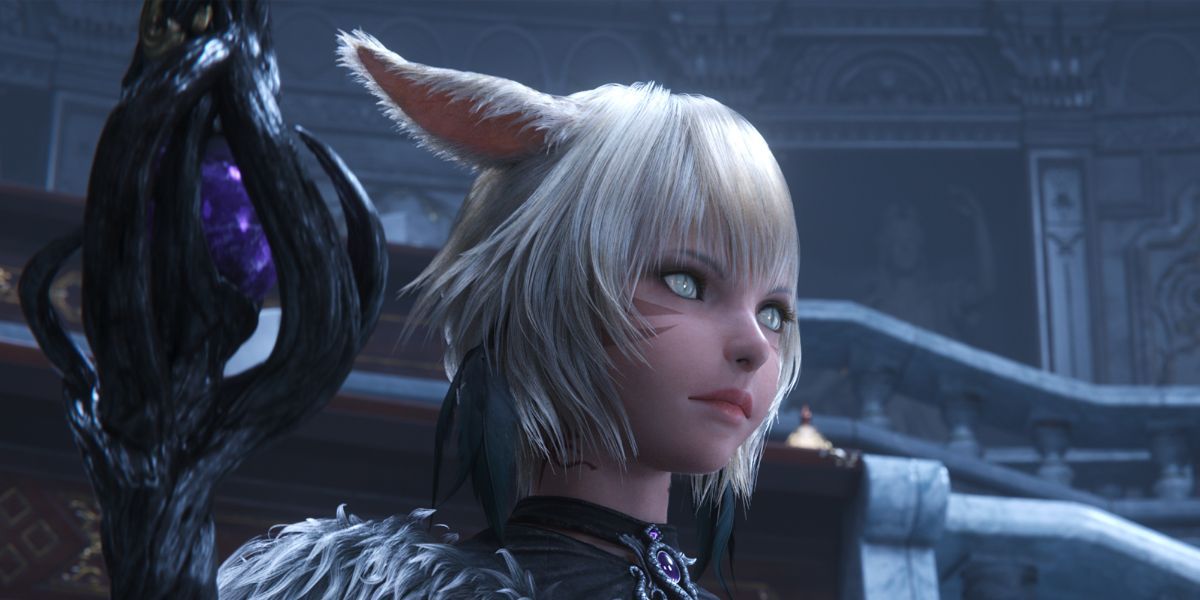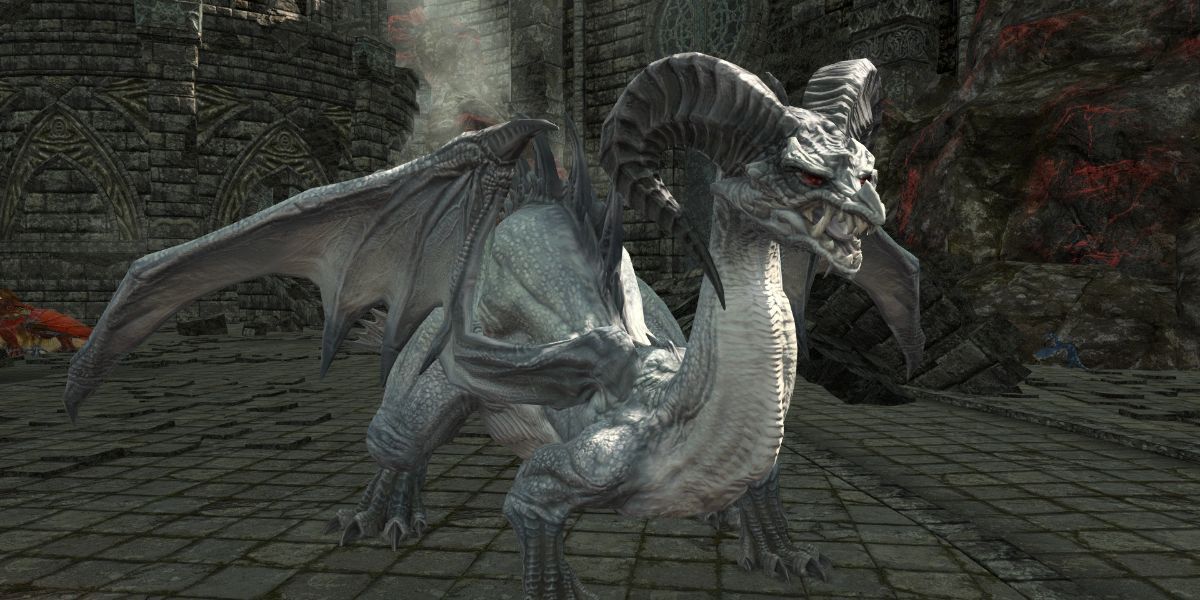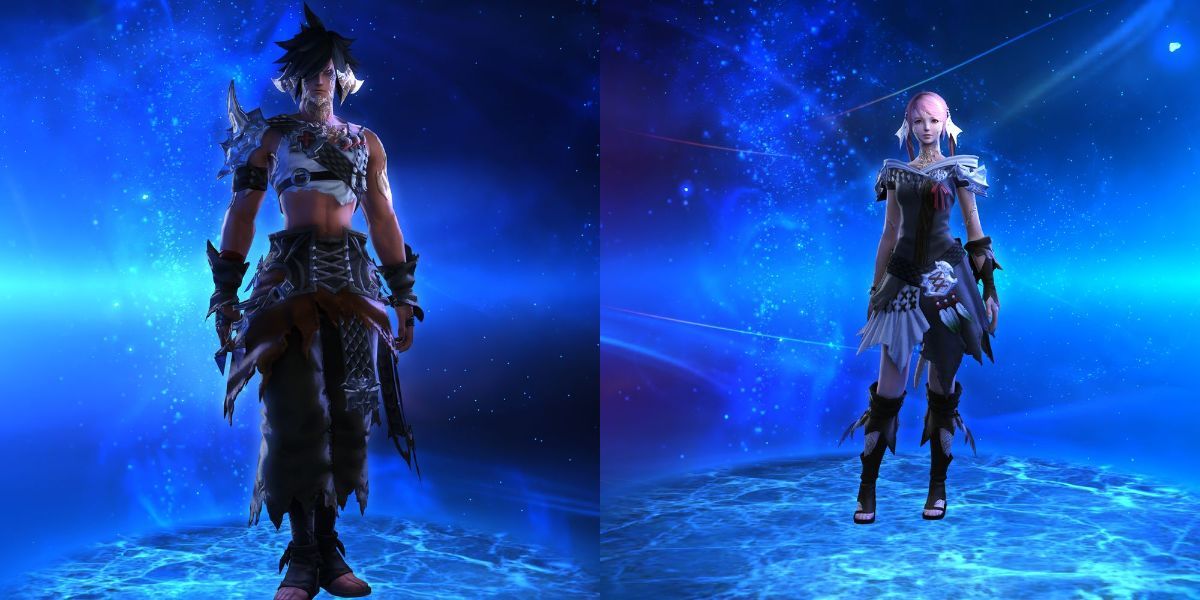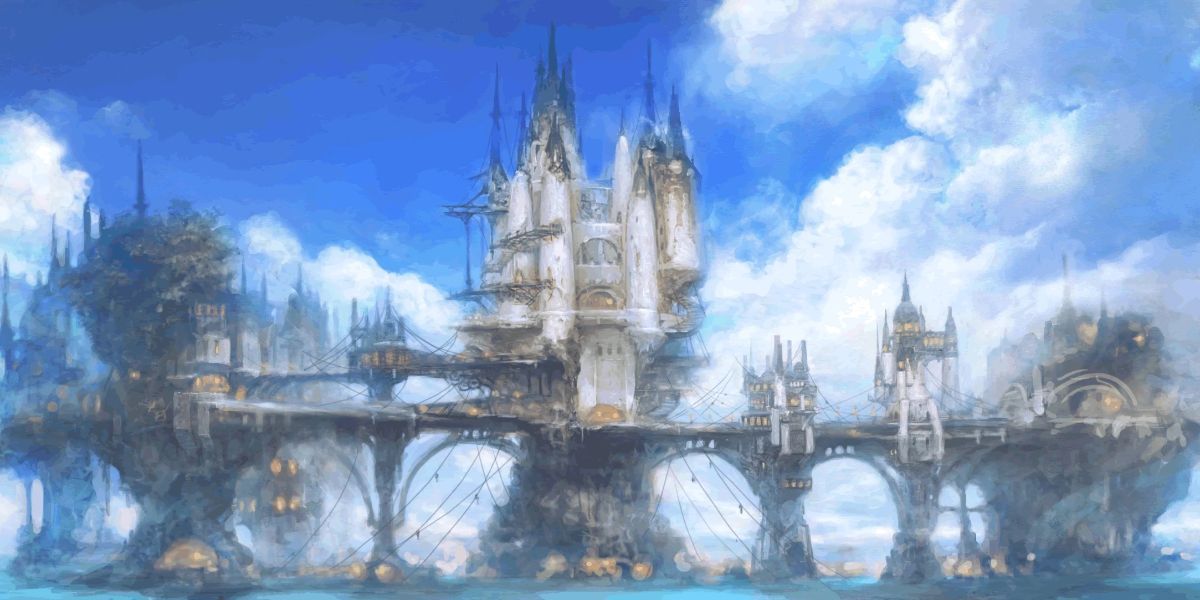The hit MMORPG Final Fantasy XIV is a big game with a lot of lore. With eight playable races, thousands of years of in-game history, as well as dozens of factions, countries, and continents, there's a ton of information to absorb for those interested in learning more about the game's setting. From the ancient histories of long-lost civilizations to the recent origins of a popular recipe, the game offers good cause to spend hours scrolling through wiki pages.
In addition to the big, important lore about civilization defining events and the origins of the game's peoples, there are also a lot of lesser-known and frequently odd tidbits to discover. Hidden in secondary sources, short pieces of dialogue, or item descriptions, there's a lot of truly strange hidden information that most Final Fantasy XIV players haven't discovered.
Lalafell Predation
The Lalafell are a diminutive people, similar in stature and temperament to the halflings and hobbits of other established fantasy settings. In canon, their smallness usually predisposes them towards diplomacy or the magical arts rather than frontline combat.
It's also possible, though, that their size has made them the target of hungry wildlife in the past. Although it isn't definitive, some in-game scholars have hypothesized that the earthen hair colors frequent among Plainsfolk Lalafell are in fact a camouflage adaptation to help prevent them from being carried off by large predatory birds, or any number of Final Fantasy's iconic enemies.
Ishgardians Don't Bathe Enough
The frigid theocracy of Ishgard is populated primarily by the Elezen -- elf-like people who in this locale have been at war with Dragonkind for more than a millennium. Perhaps on account of the cold, or perhaps because centuries of warfare have numbed them to the finer things in life, many would argue that Ishgardians have a tendency to forgo even the essentials of hygiene.
The description of an item called Skybuilder's Soap reveals that many Ishgardians eschew bathing in favor of simply wearing "multiple layers of thick clothing", which causes them to smell rather terrible. Sincere apologies to anyone out there with a crush on Ser Aymeric of the Temple Knights.
It's Illegal To Be A Black Mage
Both black and white magicks can trace their origins to the cataclysmic confrontation between the ancient city-states of Mhach, Nym, and Amdapor at the end of the 5th Astral Era. Known as the War of the Magi, the conflict was marked by the use of powerful dark magicks that drew from the aether of the planet itself for power. The abuse of such spells offset the aetherial balance of the planet, triggering the calamity that would put an end to the civilizations of the 5th Astral Era.
Because of this legacy, spells that draw from the aether of the planet, particularly dark magicks, are frowned upon if not outlawed in most City-States. Some of these attacks in Final Fantasy are unintentionally overpowered and could kill bystanders if they aren't controlled properly. Practically speaking, though, it's probably difficult for a layperson to tell the difference between ordinary thaumaturgy and proper dark magick, which explains why the player isn't clapped in irons every time they cast fire in public.
Highlanders Shave Their Eyebrows
The Hyur, Final Fantasy XIV's version of humans, can be broken down into two primary clans -- Highlanders and Midlanders. The Highlanders are distinguishable by their martial history, rugged appearances, and generally larger builds compared to their Midlander brethren.
One might also notice that many notable Highlanders depicted in the game lack eyebrows. This isn't the result of phenotype variation, but social custom. Highlanders are known to shave their eyebrows (and in some cases their teeth) to appear more intimidating to enemies.
Ishgardians Have An Odd Relationship With Salt
It's unclear why there are so many odd tidbits of Ishgard lore hidden away in the game's item descriptions, but surely one of the most bizarre pieces of trivia deals with the culture's relationship towards salt. The item description for grade 3 Skybuilder's rock salt reveals that, rather than grinding the salt down as most do, Ishgardians prefer to leave the salt in its rock form and simply lick it when they find their meal in need of seasoning.
It's somewhat unsurprising that most players don't know about this, because cooking is a mechanic often neglected by players new to Final Fantasy XIV. Having a communal salt lick in the middle of one's dining table doesn't seem like a particularly sanitary practice. Then again, Ishgard is an isolated city located in the middle of a frozen wasteland, reeling from thousands of years of constant war, so perhaps it's unsurprising that they have some odd tendencies.
Reanimated Demon Cats
Undoubtedly one of the game's more adorable mounts, the Fatter Cat is an enormous spherical feline that can ferry the player around Eorzea using its unusual aptitude for flight. It's hard not to smile when seeing someone ride this big guy around the game world, but the in-game description for this mount betrays a more sinister backstory.
The game's description for the mount hypothesizes that, given the cat's unnatural ability to fly, it's most likely that it's actually a cat's corpse reanimated by demonic forces from beyond the void. Either that or a very talented necromancer. The revelation invites players to wonder which other adorable creatures around Hydaelyn are in fact freakish undead manipulated by unholy magicks.
Female Miqo'te Outnumber Males
The Miqo'te are feline humanoids that are relative newcomers in the history of Eorzean migration. Two distinct majority clans make up much of the population on the continent, but one odd demographic point of interest is that female Miqo'te seem to significantly outnumber males. There isn't an in-game scholarly consensus on why this is the case.
In reality, though, this is likely a meta-joke on the part of the developers. Given the popularity of the "catgirl" trope in anime and manga, it's possible that the game's developers foresaw an inevitable gender imbalance among Miqo'te created by players, which they then wrote into the game's lore.
Dragon Reproduction
Dragons are often some of Final Fantasy's most powerful bosses, and those in XIV are no exception. These dragons are fearsome, immortal beings, with some like Midgardsormr being able to trace their existence to the time of myth. Midgardsormr came to Hydaelyn before recorded history, bearing the seven eggs that would hatch the first brood of dragons.
One might note that Midgardsormr came to Hydaelin bearing eggs but no mate, suggesting that Dragons do not need a mate to reproduce. Supporting this conclusion is the fact that although Dragons use gendered pronouns to refer to themselves, both males and females seem equally capable of giving birth to a brood of their own.
Sensory Au Ra Horns
Astute observers may notice that Au Ra, the dragon-like people of Othard, lack ears. Where ears might be on a Hyur, the Au Ra instead have horn-like cartilaginous protrusions. The horns aren't just for show, though, they're actually the Auri hearing apparatus.
Their horns are extremely sensitive to atmospheric vibrations, serving the same biological function that ears do in the other races. Sources in the game's lore use this point to contend that the Au Ra are not, in fact, descendants of dragons, because dragons lack the same sensitive horns.
The History Of Eorzean Measurements
The people of Eorzea measure distance using the "ilm" as their standard unit, which denotes larger measurements like the "fulm" and "malm." Historically, the ilm was based on the approximate length of a Hyuran thumb, which caused frequent confusion where precise measurements were required.
In the year 986, a riot broke out when a pirate became enraged upon realizing that a sailcloth he purchased was several ilms shorter than it should have been. Blaming the violence on both the pirate who instigated it and the lack of a universal standard of measurement, the then admiral of Limsa Lominsa, Agatzahr Roehmerlsyn, lopped off the pirate's thumb, declaring thenceforth that that particular thumb would be the length of the standard ilm.

